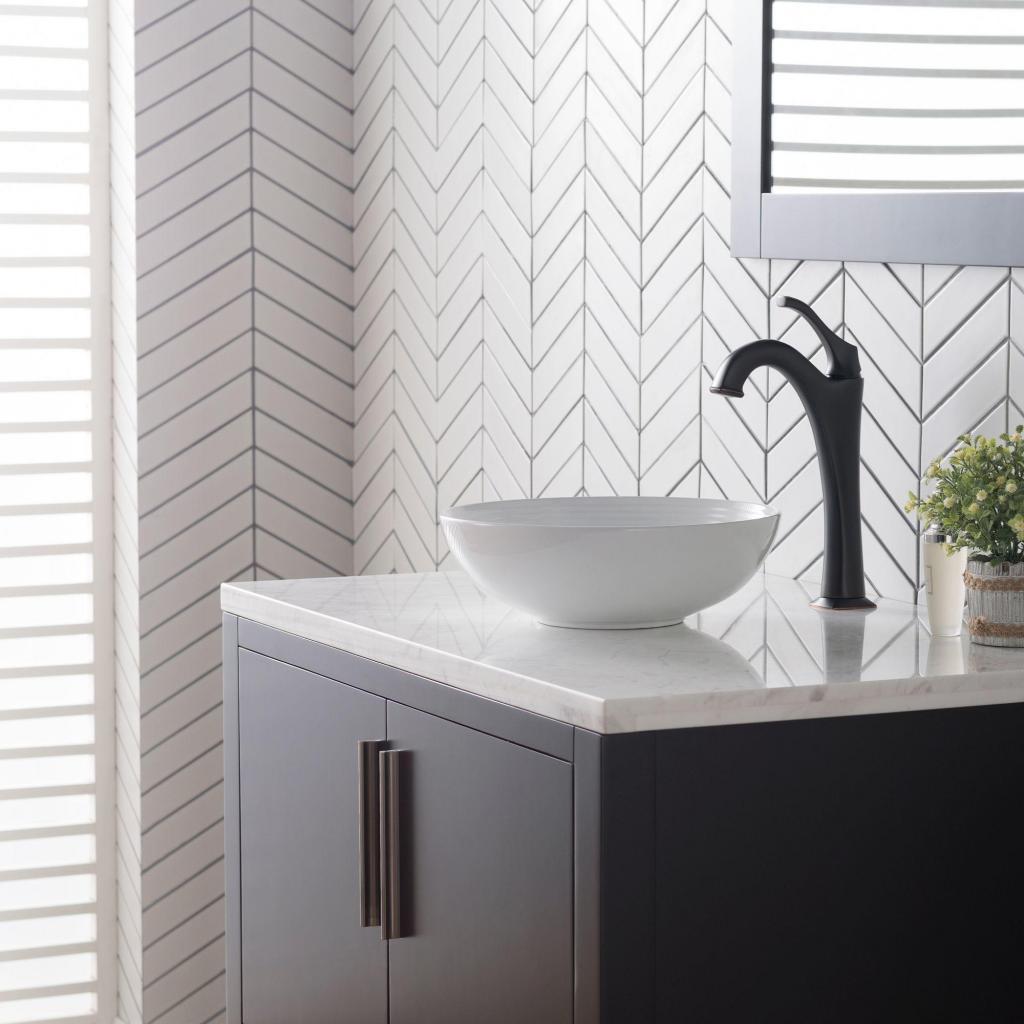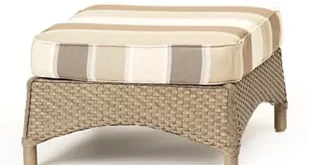Vessel sinks aren’t anything new even though it is one of the must-have trends in bathroom remodeling and even new construction. The bowl sinks existed even in prehistoric times and were the first sink that man started using. In those days when metals were unheard of, the vessel sinks were bowls made from some rock, left to erode in a natural way under the sun and rain so that it took the shape of a bowl. For easy access, the sink was placed at an elevated spot. This was the earliest form of glass sinks for bathrooms that has become a mark of luxurious living today.

The design of the sink has remained almost the same throughout the centuries as the circular or oval shape of the bowl is still very popular. Nowadays, square or rectangular vessel sinks are also available. However, the rock of yesteryears has now got replaced by many other materials. Metals like stainless steel, copper, and even ceramics, glass, and stone are gaining popularity.
There has been a change in the installation from the traditional method of placing the sink on the vanity countertop. There is an option of making the sink sit within a recess in the countertop like a drop-in sink. Only a small portion of the sink submerges in the recess instead of the whole sink. However, if you want to install a fully recessed vessel sink like a drop-in sink, then the design of the sink must include a rim that can rest on the countertop. The installation of a recessed sink is complex, and installing a fully recessed will be even more complicated.
The advantages and disadvantages of vessel sinks should help to make a well-informed decision about including it your bathroom renovation plan.
Advantages
Style – The most notable benefit of vessel sinks is the high style that makes it a unique bathroom fixture. It is a fixture that you will not commonly see in most bathrooms. Moreover, the sinks are available in all shapes and styles. A sink from stone, marble, glass, or ceramic is highly appealing and gives a distinct look to the bathroom.
More countertop space – Vessel sinks occupy minimal space on the countertop, thereby allowing better use of the countertop space.
Easy installation – Installing a vessel sink is very easy because you need to place it on the countertop and drill a small hole to allow the drainpipe to pass through. You can replace the sink anytime you want that gives more styling options.
Disadvantages
Cleaning – Cleaning the sink from the bottom is difficult because there is no space between the sink bottom and the countertop. Dirt and dust will accumulate around the sink bottom that is impossible to clean.
Durability – There may be issues with sustainability and durability because of the exposed edge of vessel sinks. You cannot use big and heavy items in the sink; neither can you use the sink extensively daily because of the chances of damage to non-metal sinks that can crack or chip.
Special considerations
Special faucet – As vessel sinks are special, so are the faucets that accompany it. The faucet must be of some special design with a tall spout to ensure that the water jet falls into the sink while allowing ample space for using the sink.
Vanity height – You must also consider the right height of the vanity on which to place the sink so that it is convenient for most people to use it without too much leaning or stretching.
Vanity type
As a vessel sink sits on the vanity, any type is suitable for the sink provided the height is ideal for your use. There should be an existing arrangement for plumbing like installing the faucet and the drain line. Even if the plumbing does not exist, space must be adequate to make provisions for it. The area above the vanity, which is the backsplash is also vital to ensure proper installation of the faucet if you prefer a wall-mounted faucet.
Buying a vanity designed for vessel sinks will make your task easy. But if it is not possible, then the next best thing to do is to buy a vanity of your style without a countertop and get the countertop custom made according to your need. You must consider the finished height of the sink first and then work backward to calculate the ideal height of the countertop.
Plumbing issues may arise if you choose wall-mounted faucets because the pipelines will have to run through the inside of the wall.
Choosing a vessel sink
Vessel sinks are highly attractive and can enhance bathroom aesthetics greatly. If you are looking for a unique vessel sink, then there are many options like glass, stone, copper, granite, marble, plastic, ceramic, soapstone, terrazzo, wood, concrete, and stainless steel.
Glass sinks – These are the most fashionable and contemporary sink style that is trending widely as beautiful glass sinks have become a fashion symbol that defines elite lifestyle and a choice for the wealthy. The elegant looking sinks are highly functional, but you cannot make heavy use of it, which makes it more of a showpiece that resembles modernity.
Stone sinks – To create the vintage or retro looks, you must fall back upon stone sinks that are reminiscent of the early days of vessel sinks. It is also the oldest style of bathroom sink. Marble, granite, soapstone, onyx, and travertine are the most common types of stone sinks, which are excellent choices for eco-friendly and nature-inspired sinks that add an eco-friendly tone in the home décor.
Metal sinks – Stainless steel vessel sinks are suitable for commercial use, and the other options are copper and enameled cast iron. Stainless steel sinks are most preferred for its ease of cleaning and lower cost as compared to the alternatives, but like copper sinks, these are highly durable and useful.
Before purchasing vessel sinks, consider the convenience of installation to avoid any issues later.
 World inside pictures Collect and share the best ideas that make our life easier
World inside pictures Collect and share the best ideas that make our life easier








